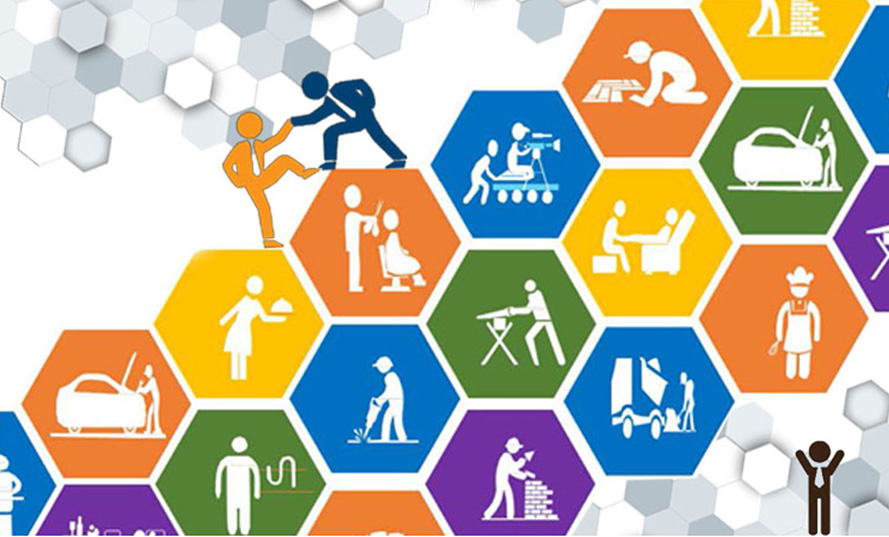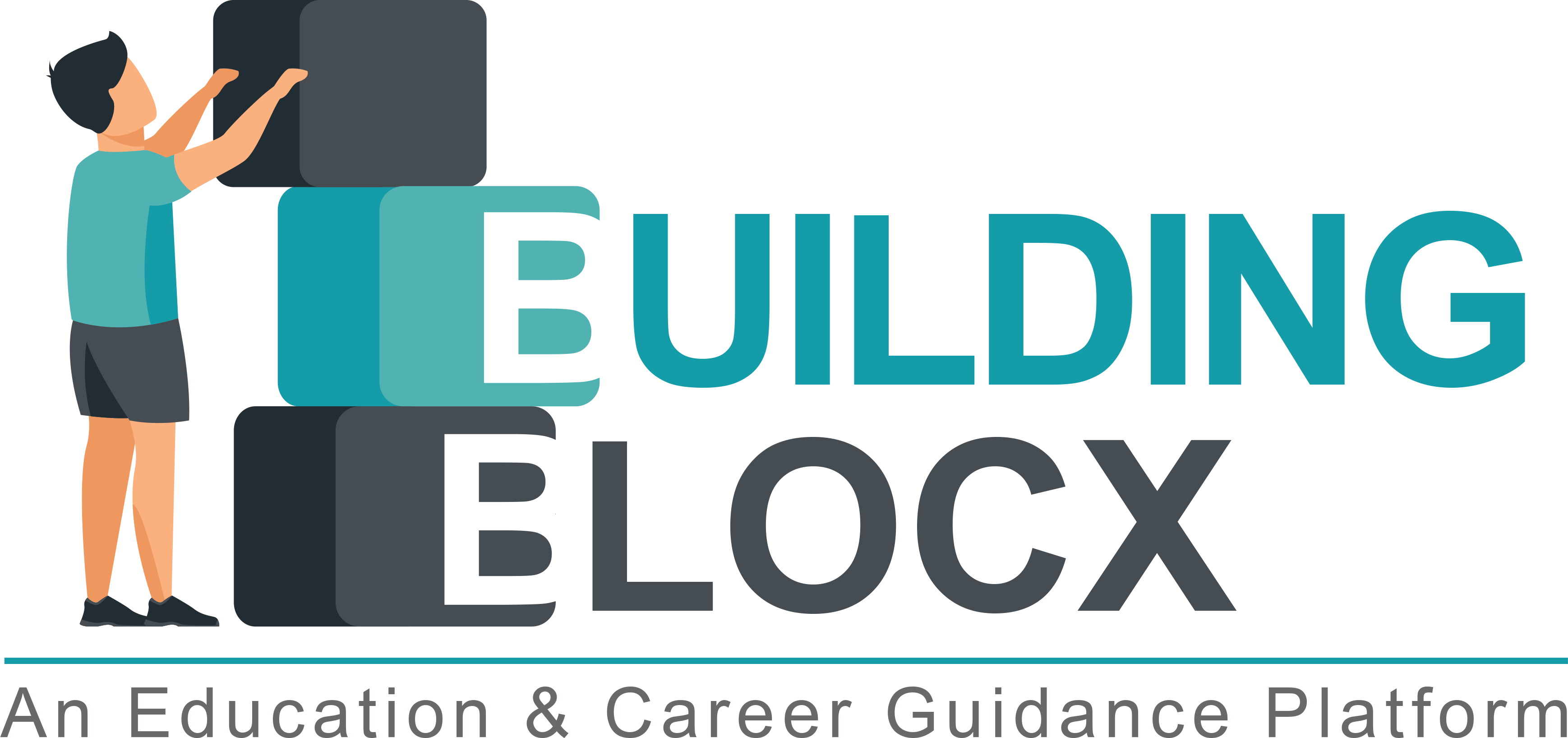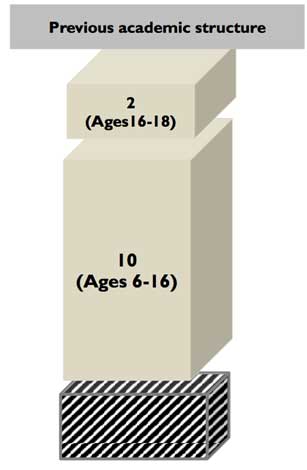
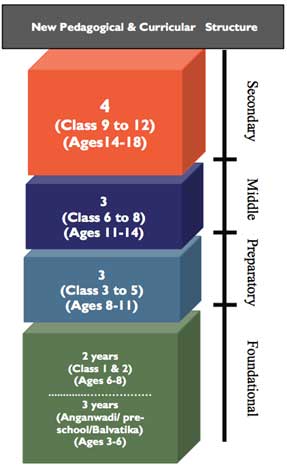
National Education Policy 2020 is supposed to be a game-changer in the field of education. It has made some brave recommendations which can transform the student’s learning experience. It also aims to encourage critical thinking which would encourage children to make their own decisions but in a pragmatic manner. The implementation of such brave recommendations requires lots of resources and above that, lots of support. As an education and career guidance platform, we aim to support the Government of India (GoI) and Ministry of Education (MoE) with their initiative. Through our website, we are helping students and parents reach out to the MoE recommended programs to bridge the gap between the policy suggestions and its implementation. Here are the some key highlights of the NEP 2020 which we ensure to address through our services or in our counselling sessions.
NEP 2020 Highlights
This level covers students in Class 6-8th and aged 11-14 years. Below listed are the important sections of NEP 2020 that discuss this student segment.
- Activities involving Coding will be introduced….” (Section 4, Para 4.25)
- Every student will take a fun courses………………that gives hands-on-experience of vocational crafts such as carpentary, electric work, metal work, gardening, pottery etc…..” (Section 4, Para 4.26)
- Similar Internship opportunities ……be made available……throughout grades 6-12th …..” (Section 4, Para 4.26)
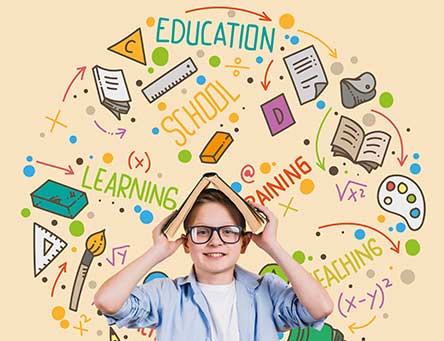
This level covers students in Class 9-12th and aged 14-18 years. Below listed are the important sections of NEP 2020 that discuss this student segment.
- 4 years of multidisciplinary studies with greater flexibility and choice of subjects…” (Section 4, Para 4.2)
- Regular subjects plus choice in P.E/art & craft /vocational skills…..” (Section 4, Para 4.9)
- No Silos like curricular vs. co-curricular vs. extra-curricular OR arts vs. commerce vs. science OR vocational vs. academic streams…..” (Section 4, Para 4.9)
- Similar Internship opportunities ……be made available……throughout grades 6-12th. Collaboration with ITI, Polytechnic, Local industry….” (Section 4, Para 4.26)
- All subjects and corresponding assessments beginning with mathematics, could be offered at two levels ……standard level and ….. a higher level….” (Section 4, Para 4.38)
- AI based software could be developed ………to track student’s growth …..based on learning data and interactive questionnaires ……. To thereby help them make optimal career choices…..” (Section 4, Para 4.35))
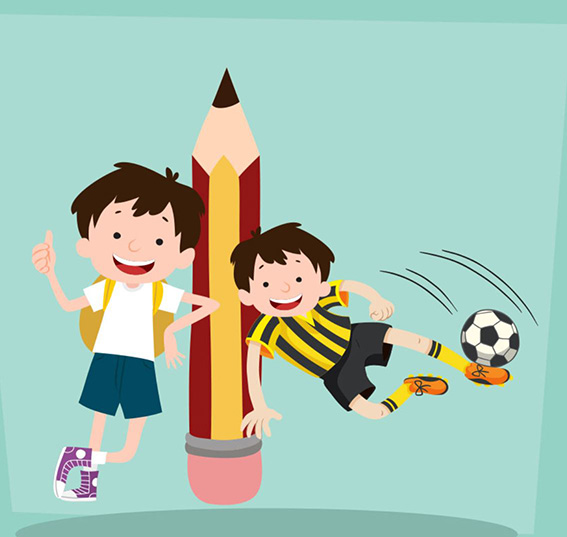
This level covers academic revisions for undergraduate and postgraduate programs and colleges. Below listed are the important sections of NEP 2020 that discuss this segment.
- The National Testing Agency (NTA) will work to offer a high-quality common aptitude test as well as specialized common subject exams in the science, humanities, language, arts, and vocational subjects, at least twice a year…..” (Section 4, Para 4.42)
- All higher education institutions (HEI) will be converted to multidisciplinary universities with capacity of 3000 or more students…” (Section 10, Para 10.1)
- Higher emphasis on research with explicit “Research intensive universities” being created…” (Section 10, Para 10.3)
- Flexible learning options at your pace and resources through Credit based course structure (ABC)…” (Section 11, Para 11.9)
- HEI will have to offer vocation education either on their own or through partnership with industries & NGO….” (Section 11, Para 11.8)
- International universities setting camp in India and Indian universities will go abroad….” (Section 12, Para 12.8)
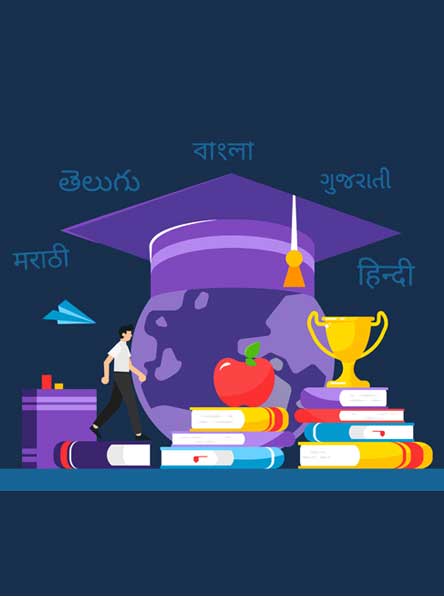
- “Schools/school complexes will be encouraged to hire local eminent persons or experts as ‘master instructors’ in various subjects, such as in traditional local arts, vocational crafts, entrepreneurship, agriculture, or any other subject where local expertise exists, to benefit students ……” (Section 5, Para 5.6)
- “Teachers will be given more autonomy in choosing aspects of pedagogy, so that they may teach in the manner they find most effective for the students in their classrooms.…… will be recognized for novel approaches to teaching that improve learning outcomes in their classrooms.” (Section 5, Para 5.14)
- “Teachers will be given continuous opportunities for self-improvement and to learn the latest innovations and advances in their professions……” (Section 5, Para 5.15)
- “……Every classroom shall have access to the latest educational technology that enables better learning experiences.” (Section 13, Para 13.2)

- “This policy aims to overcome the social status hierarchy associated with vocational education and requires integration of vocational education programmes into mainstream education in all education institutions in a phased manner. Beginning with vocational exposure at early ages in middle and secondary school……” (Section 16, Para 16.4)
- “By 2025, at least 50% of learners through the school and higher education system shall have exposure to vocational education……” (Section 16, Para 16.5)
- “Individual institutions that are early adopters must innovate to find models and practices that work and then share these with other institutions through mechanisms set up by NCIVE, so as to help extend the reach of vocational education…..” (Section 16, Para 16.7)
